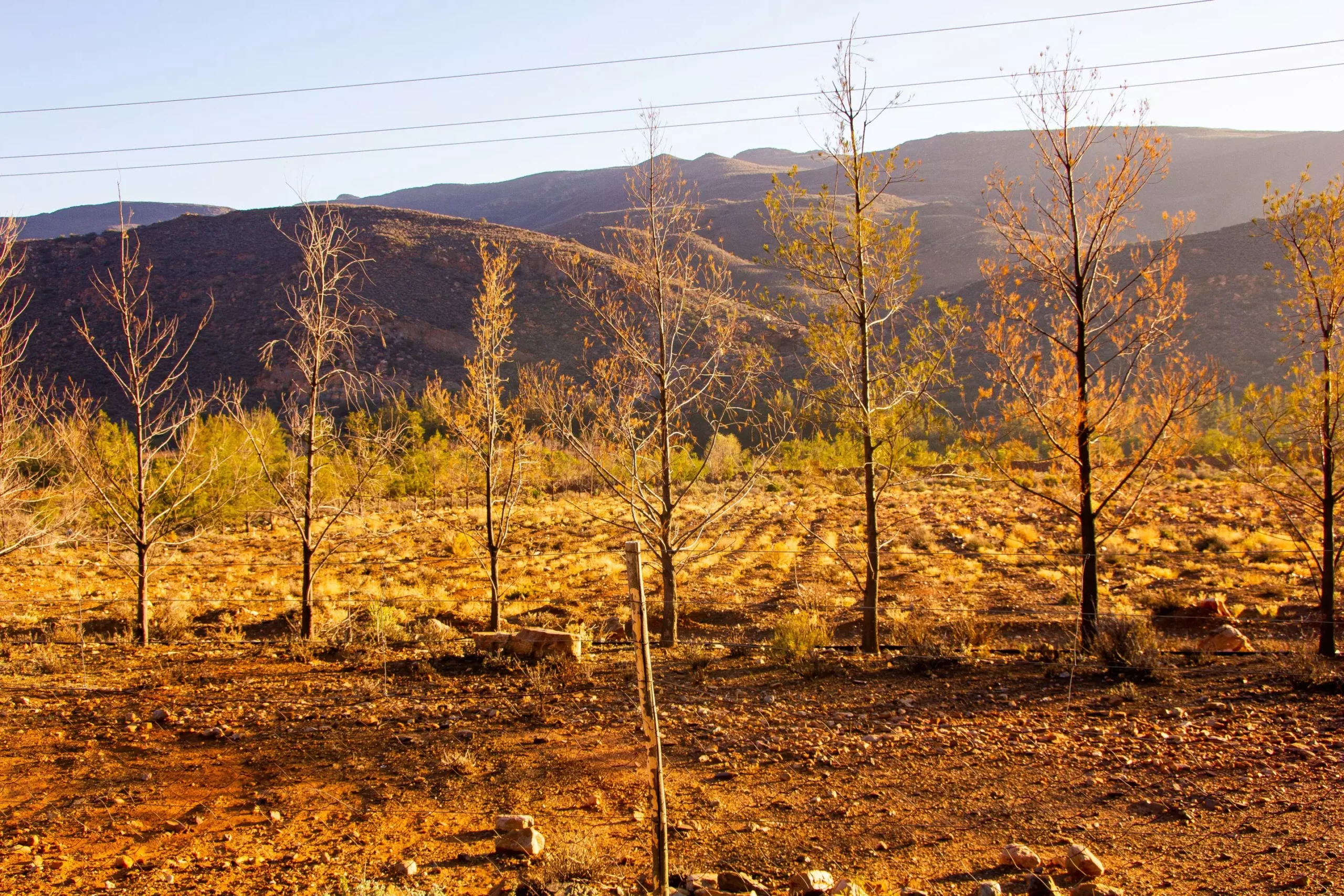Recent research sheds light on alarming climatic shifts in North America, particularly the intensified drought conditions affecting the American Southwest and Mexico, juxtaposed with increased precipitation in the Northeast. As scientists delve into historical climatic data—from tree rings to modern weather patterns—they conclude that the ongoing impacts of climate change are reshaping how and where precipitation occurs across the continent. This transformation suggests that both drought and heavy rainfall events are likely to become more pronounced as we progress through the 21st century.
Several studies, including one conducted by researchers from Ohio State University, have analyzed precipitation data covering a timeline from 850 CE to 2100 CE. This extensive research reveals a stark departure from pre-industrial climatic norms, leading to fluctuating patterns that can no longer be ignored. The findings compel various industries, urban planners, and policymakers to rethink their strategies for water management and resource allocation.
The research highlights a crucial regional dichotomy: while the Southwest continues to experience worsening drought conditions throughout the year, the Northeast is increasingly characterized by wetter weather, especially in winter and early spring. James Stagge, a lead researcher in the study, articulates the stark contrast between these areas as a significant concern for climate resilience.
The implications are profound; the Southwest’s diminishing rainfall could lead to acute water shortages that impact agricultural practices, wildlife habitats, and urban water supplies. Conversely, the Northeast’s escalation in precipitation could result in flooding, soil erosion, and a myriad of challenges related to stormwater management.
An especially troubling finding from the study is the unpredictability associated with these changing weather patterns. Stagge explains that fluctuations between periods of severe drought and extreme rainfall—termed pluvial years—can occur within just a few years of each other, complicating water management efforts. The oscillation between these extremes increases the difficulty of planning and resource management, as stakeholders must prepare for unpredictable weather events in both directions.
This variability poses a unique challenge for agricultural producers, municipal water managers, and infrastructure planners. For instance, farmers may find themselves preparing for dry seasons while simultaneously grappling with the risks associated with sudden, excessive rainfall that could devastate crops.
In their quest to understand and predict these changes, the researchers employed a diverse set of data sources, enhancing the credibility of their conclusions. By integrating both modern weather observations and historical reconstructions, the study presents a fuller picture of how rainfall patterns have evolved over centuries. This multidisciplinary approach strengthens confidence in the findings, revealing clearer trends regarding the extremes of rain and drought.
Kyungmin Sung, the study’s lead author, emphasizes the dramatic scale of changes seen in the past century compared to the previous 700 years. This heightened level of change, driven largely by rising greenhouse gas concentrations, underscores the urgency of addressing climate change on a more global scale.
The ramifications of these findings are not limited to environmental science; they extend to various sectors that depend on steady and reliable weather patterns. Industries including agriculture, construction, and urban planning stand to be fundamentally affected by these shifting extremes. Stakeholders urgently require data-driven guidance to formulate strategies for building resilience against the increased variability in water supplies.
Stagge cautions that while authorities may aspire to mitigate climate change and its impacts, the long-term nature of such efforts makes immediate adaptation necessary. Understanding that some regions will face progressively drier conditions while others deal with increased precipitation will be vital for implementing effective water management and resource allocation strategies.
The ongoing transformation of North America’s climatic landscape demands immediate attention and active engagement from policymakers, scientists, and communities alike. As precipitation patterns continue to evolve, initiatives aimed at water conservation, sustainable agricultural practices, and adaptive infrastructure must be prioritized to prepare for an uncertain future. The message is clear: without concerted action to address and adapt to these shifts, the consequences of climate change will become increasingly difficult to manage, leading to critical challenges for generations to come.


Leave a Reply